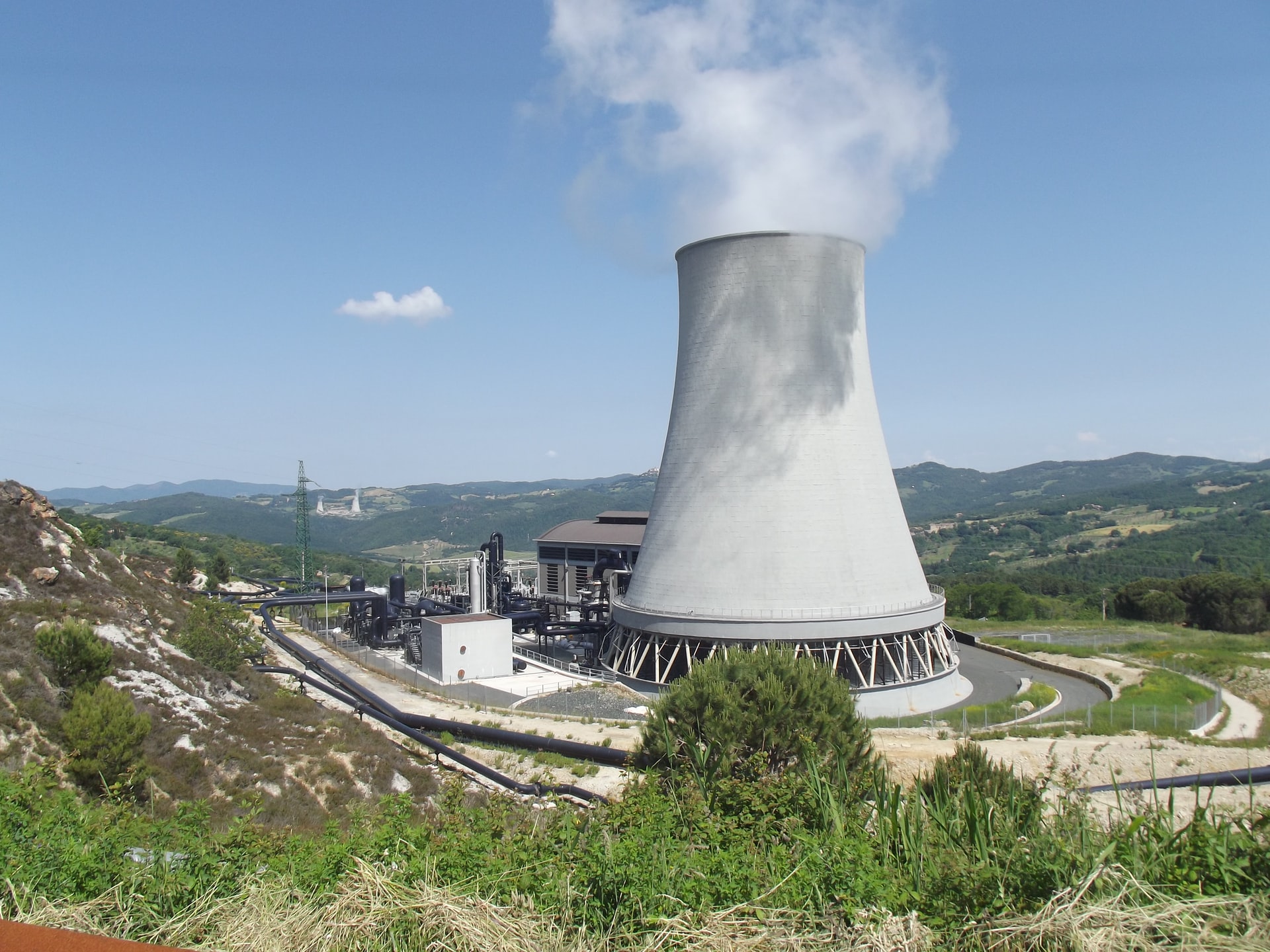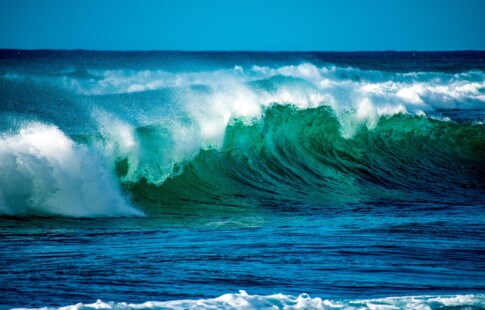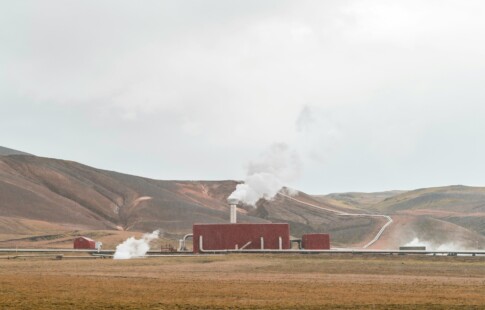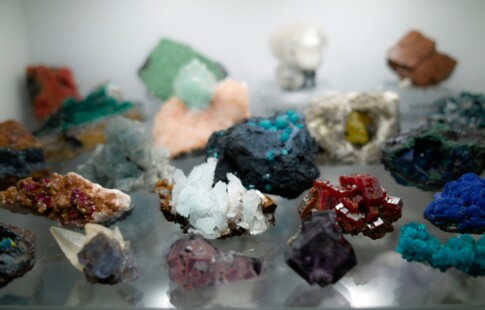
What Is Nuclear Energy?
We are reader-supported. When you buy through links on our site, we may earn affiliate commission.
Since the industrial revolution, people have been relying on fossil fuels like coal, oil and gas to generate electricity for industry and transport. Unfortunately, burning these fuels emits particles into the air that heat the planet and make thousands of people sick every year. In the late 1900s, engineers began to experiment with nuclear energy as a replacement for fossil fuels.
Nuclear energy doesn’t create greenhouse gases and it harms far fewer people a year than other forms of energy generation. However, it does create radioactive waste that can harm life if not properly contained. Read on to learn more about nuclear energy.
Atomic Energy
The first nuclear reactor was built in 1942 by Italian physicist Enrico Fermi. The reactor created energy by breaking the strong force that holds the nucleus of an atom together. When this force is broken, a large amount of energy is released as heat. This heat is then used to create steam which can be turned into electrical power.
Breaking down the atom is known as nuclear fission. However, some atoms give better results than others. Nuclear plants use uranium as the raw material for reactions because this heavy metal is easy to split apart. After the first atom splits, extra neutrons begin to collide with each other and cause a chain reaction.
Nuclear technicians control the speed and heat of this reaction by removing excess neutrons from the reactor. To fuel nuclear power, uranium must be mined and then enriched. The enrichment process uses a centrifuge to separate different kinds of uranium and create better fuel.
Like other elements, uranium has several different isotopes. This means that some uranium atoms have more neutrons than others. Although they all have the same chemical properties, some are more stable than others. The isotope known as uranium-235 is best for nuclear fission.
Pros and Cons
Nuclear energy is exciting because the process of converting uranium to energy doesn’t emit greenhouse gases into the atmosphere. Uranium does have to be mined, enriched and then transported to the facility. However, nuclear plants are a vast improvement to the energy industry when it comes to environmental pollution.
Each year, power plants pump out fine particulates that are small enough to infiltrate the human respiratory system. These particles contribute to an estimated 5.5 million deaths worldwide from lung disease, heart disease and cancer. Nuclear fission doesn’t create these particles, making it a better option for human health as well as the environment.
However, there are some serious concerns about using nuclear fission. For one thing, the process of atomic breakdown in a nuclear energy plant creates toxic waste that’s radioactive for tens of thousands of years. Recycling this material is difficult and it’s challenging to store safely.
Since the first nuclear power plant was built in the early 1950s, there have been several terrible accidents where radioactive material has escaped containment. Examples include Three Mile Island in 1979, the Chernobyl explosion in 1986 and Fukushima in 2011. Containment breaches cause cancer and can make an area uninhabitable for many years.
Energy Innovation
Partly because of these accidents, investors have favored fossil fuel plants over nuclear energy. In 2021, nuclear plants supplied roughly 10% of global energy, although some countries use it more than others. In America, almost 20% of the electricity used each year is generated from nuclear fission.
Although there are concerns about using nuclear fission, many people believe it’s the most sustainable solution available until more energy can be drawn from wind and solar power. Scientists are working to make nuclear energy more efficient, safe and cost-effective so it can be used more widely.
For example, scientists have tried replacing uranium with thorium. Although thorium reactors aren’t perfect, the toxic waste created from using this element is safe within 500 years, much faster than the 10,000-year half-life of radioactive uranium waste. Thorium is also readily available as a by-product of rare-earth mining.
Nuclear power was explored in conjunction with building nuclear weapons from the beginning. Regulating nuclear activities on a global scale is extremely difficult – enriched uranium can be used to power nuclear weapons as well as power plants. While exploring nuclear technology could solve the problem of power, it also opens up many safety concerns.
The Future of Nuclear Power
Nuclear energy comes from splitting the core of an atom to create heat. This process doesn’t make greenhouse gases and could save millions of people a year from death by fossil fuel particulates. However, breaking down uranium in nuclear reactors does create toxic waste that remains radioactive for thousands of years.
While some experts believe that nuclear energy is too dangerous to pursue, others see it as the best option for sustainable energy in the modern world. Scientists are continuing to refine this technology in the hope that nuclear energy can become a safe and cost-effective source for energy worldwide.
Share on
Like what you read? Join other Environment.co readers!
Get the latest updates on our planet by subscribing to the Environment.co newsletter!
About the author

Jane Marsh
Starting from an early age, Jane Marsh loved all animals and became a budding environmentalist. Now, Jane works as the Editor-in-Chief of Environment.co where she covers topics related to climate policy, renewable energy, the food industry, and more.





